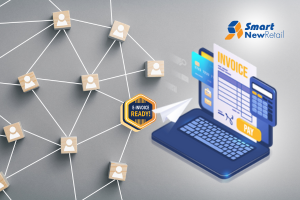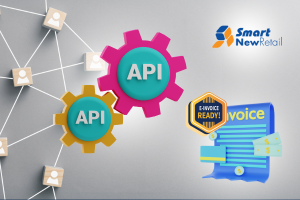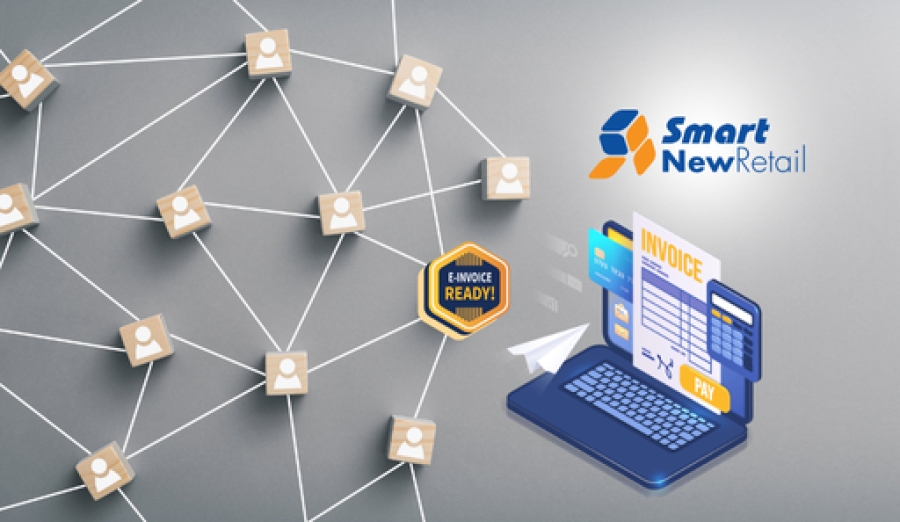E-Invoice Integration & Middleware: How to Choose the Best System?
Sending invoices through digital systems has become the new normal. Many countries including Malaysia now require businesses to use e-invoicing. That means sending invoices in a structured digital format that meets government rules. If you're just starting out, you might hear words like e-invoice integration, e-invoice system and e-invoice middleware. They may sound tricky, but they're easy to understand.
Understanding how these systems work can help you avoid mistakes, save time and follow the law. More importantly it helps your business to run smoother and faster. In this blog, we’ll explore what these tools are and how to choose the right one for your needs.
What Does an E-Invoice System Do?
An e invoice system lets your business to send invoices in a digital format instead of printing or emailing PDFs. These digital invoices hold key details like company names, tax numbers, prices and more. Most importantly, they follow the exact rules required by tax authorities.

Using this kind of system helps to reduce errors, makes audits easier and speeds up the payment process. Whether you run a small shop or a large company then this tool is becoming essential.
You don’t need to enter everything by hand or worry about sending the wrong format. A good e invoice system takes care of the structure and safety of your invoice automatically.
Why E-Invoice Integration Is Important
E-invoice integration means connecting your current tools like your billing software or accounting system to the e-invoice platform. Instead of typing data or uploading files one by one, the system sends invoices directly using the data you already have.
This connection cuts down on manual work, reduces errors and improves speed. It also makes tracking and reporting much simpler. Depending on your needs there are two main ways to set this up:
- Direct Integration – Your system talks directly to the e-invoice network or government portal.
- Middleware Integration – A middle system connects your tools to the e-invoice network. It checks and sends data for you.
What Is Middleware in E-Invoicing?
E invoice middleware acts like a bridge between your business systems and the government e-invoice network. It grabs your invoice data, checks it, formats it correctly and sends it to where it needs to go.

This solution works well if your systems don’t support direct connections or if you work with different software tools. Middleware often comes with extra features that help your team work better like:
- Error checks before sending
- Upload options for small teams
- Data from many sources
- Easy search and storage
- Alerts when something goes wrong
This makes middleware a flexible and useful choice for many companies especially when they’re starting out with e-invoicing.
Direct Integration vs Middleware: What’s the Difference?
Both options get your invoices from your system to the right place. The difference lies in how they do it and how much control or effort you need. Direct integration gives full control, but it can be harder to set up. Middleware takes care of the heavy lifting and makes the process easier.
Let’s break down the key differences:
- Direct Integration
- More setup work
- Needs in-house tech support
- Full control over data
- Best for large teams with IT staff
- Middleware Integration
- Quicker to launch
- Easier for smaller teams
- Less setup time
- Offers ready-made tools for checking and sending
How to Choose the Best System for Your Business
Choosing the right system depends on your business size, tech tools, and how many invoices you send. Start by looking at what you already have. Do you use one software for invoicing or many? Are your teams working from different places?

Think about these questions as you choose:
- How many invoices do you send each month?
- Do you work with one system or more?
- Do you need to upload files manually sometimes?
- Does your team need access from more than one place?
A middleware system often works well if you need something flexible and easy to manage. Direct integration might suit you better if you have one solid system and a strong tech team.
Key Features to Look for in a System
No matter what type of setup you pick, make sure it includes the basics for safe and smooth operation. A strong e invoice system should be:
- Easy to connect with your current tools
- Able to catch errors before sending
- Able to send and receive feedback from the tax system
- Safe for your invoice and customer data
- Flexible for future changes and updates
Don’t forget about support, either. You’ll want help available if something goes wrong or if rules change.
Conclusion
Picking the right system for e-invoicing doesn’t need to be hard. Whether you choose direct integration or middleware the goal is the same which is to follow the rules, save time and make invoicing simple for your team. By looking at your current tools, business size and future needs, you can find a solution that fits just right.
Middleware often offers a faster, more flexible path while direct integration suits businesses with more technical support. Whichever route you take, focus on clear connections, strong security, and ease of use.
At Smart-Acc, you’ll find everything you need to run your business better from easy e-invoice integration to smart POS systems and stock tracking. Smart-Acc will help you to make your work faster, simpler and more organised.
